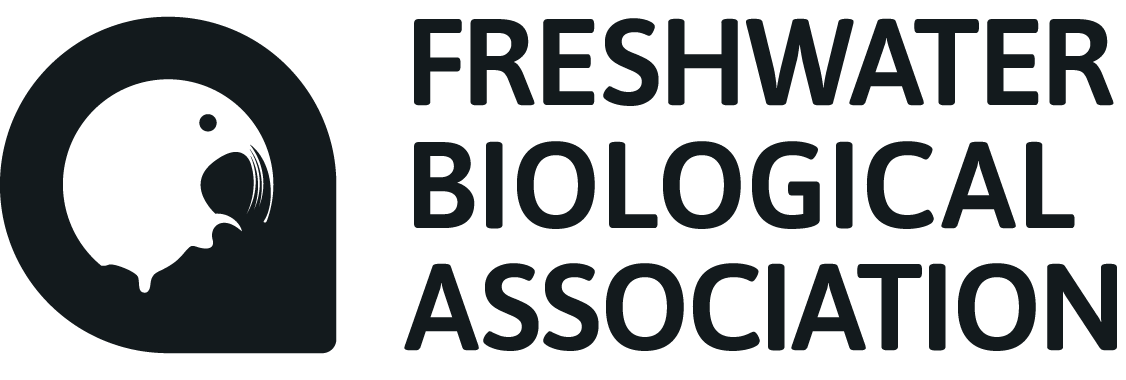
River Invertebrate Prediction & Classification Systems (RIVPACS) & The River Invertebrate Classification Tool (RICT)
Invertebrate communities are excellent indicators of river health for professionals and amateurs.
Biotic indices based on the sensitivity of each species to pollution or the number of different invertebrates help with this. Invertebrate communities and therefore the value of biotic indices vary widely between sites of the same quality, so we can’t use them directly to indicate environmental health. How do we know if what we find in our sample is indicative of a healthy ecosystem?
The River Prediction and Classification System (RIVPACS) model, implemented in RICT software, allows us to determine the proportional reduction in the value of biotic indices, which represents a similar level of damage in any type of stream.
RIVPACS predicts the value that we would expect at any site in the UK in its near natural state, from a small number of physical measurements. Comparing this prediction with what we actually find, we can estimate the proportional reduction. We use RICT in this way for the UK’s official river quality assessments and statutory environmental quality objectives. RICT predicts species composition and the values of many different indices. RIVPACS has been developed continuously by ecologists at the FBA River Lab since 1977 and they still support this version of RICT. RICT is freely accessible to anyone including researchers, students, water companies and consultants. The FBA offers training courses for those wanting to learn more.




